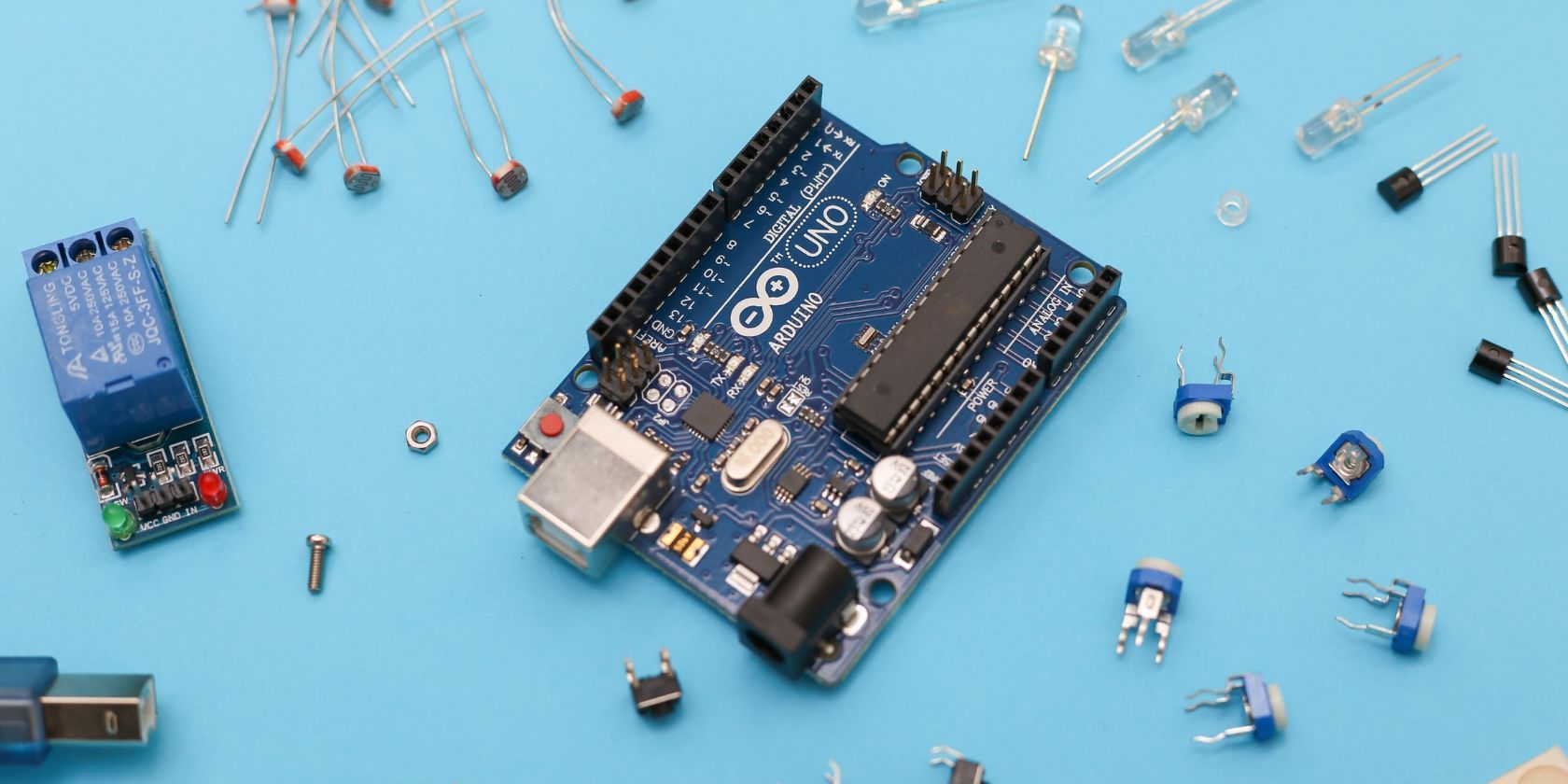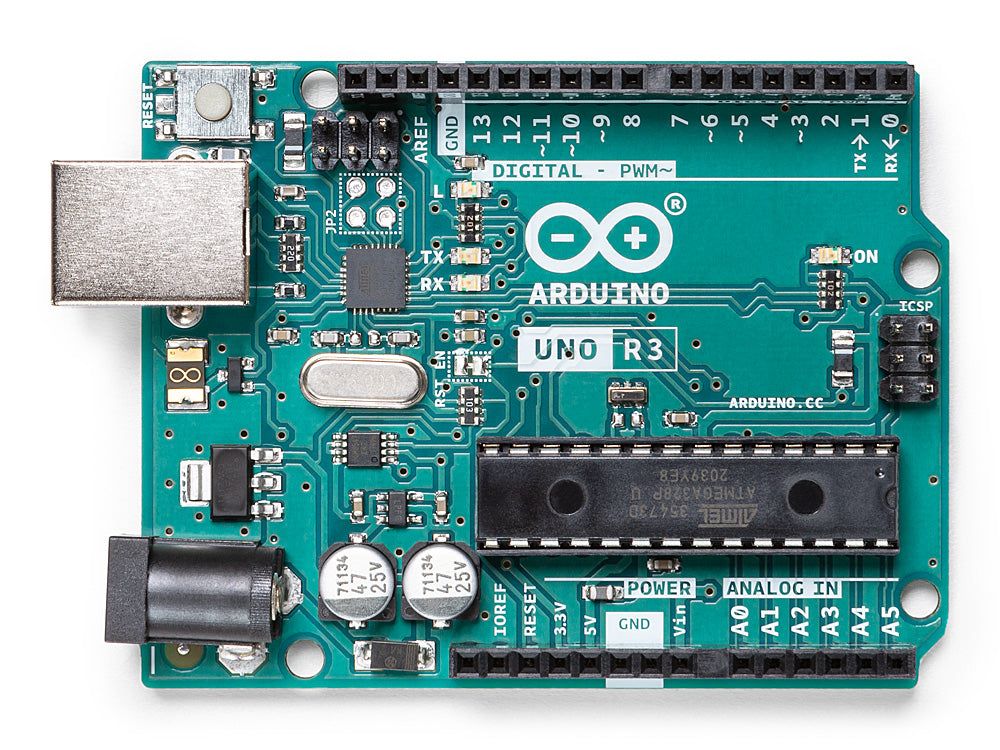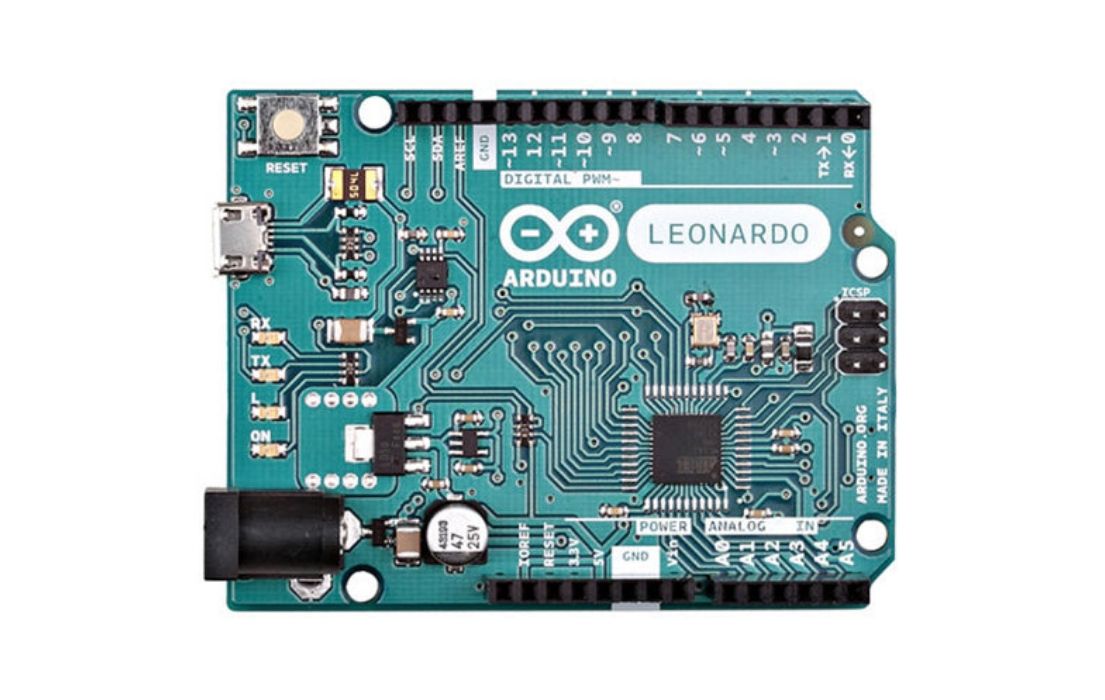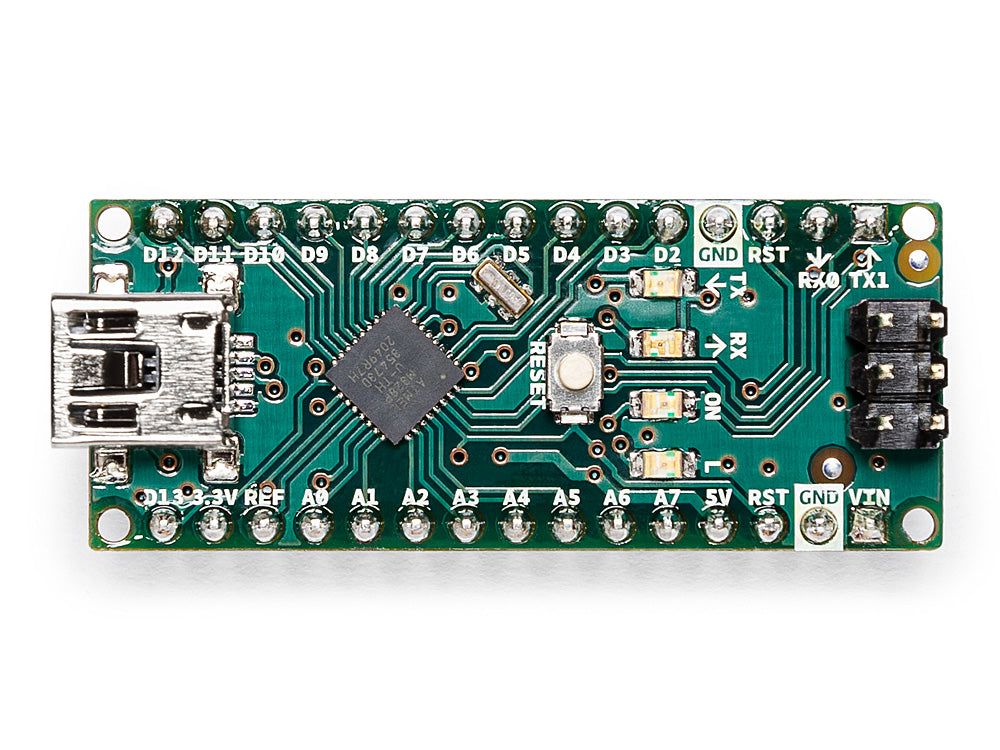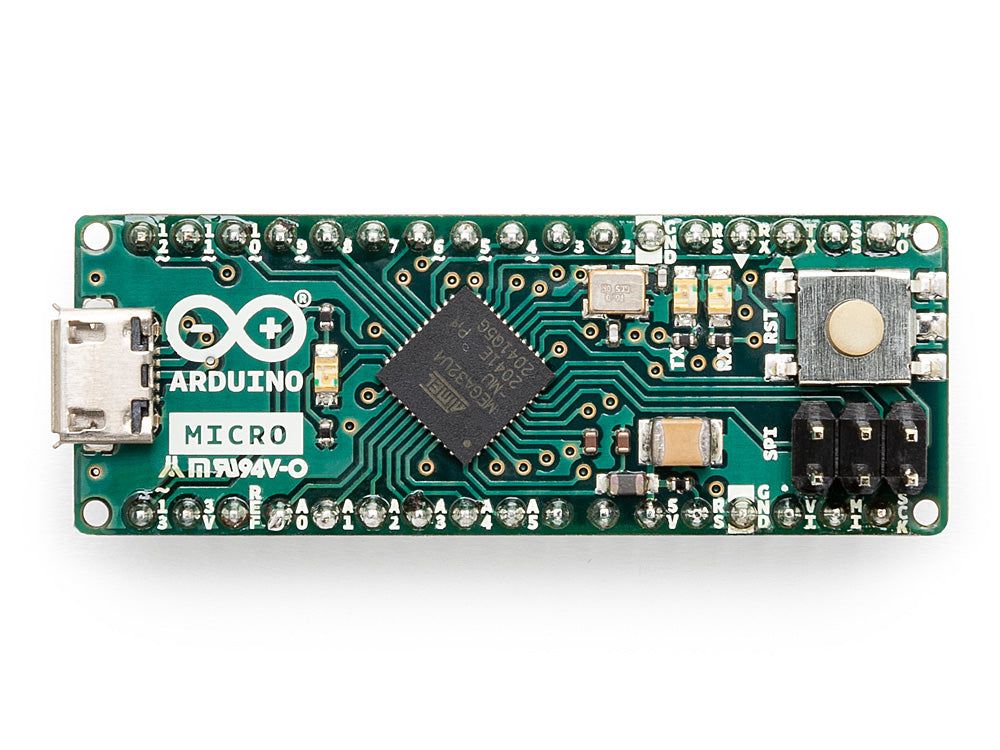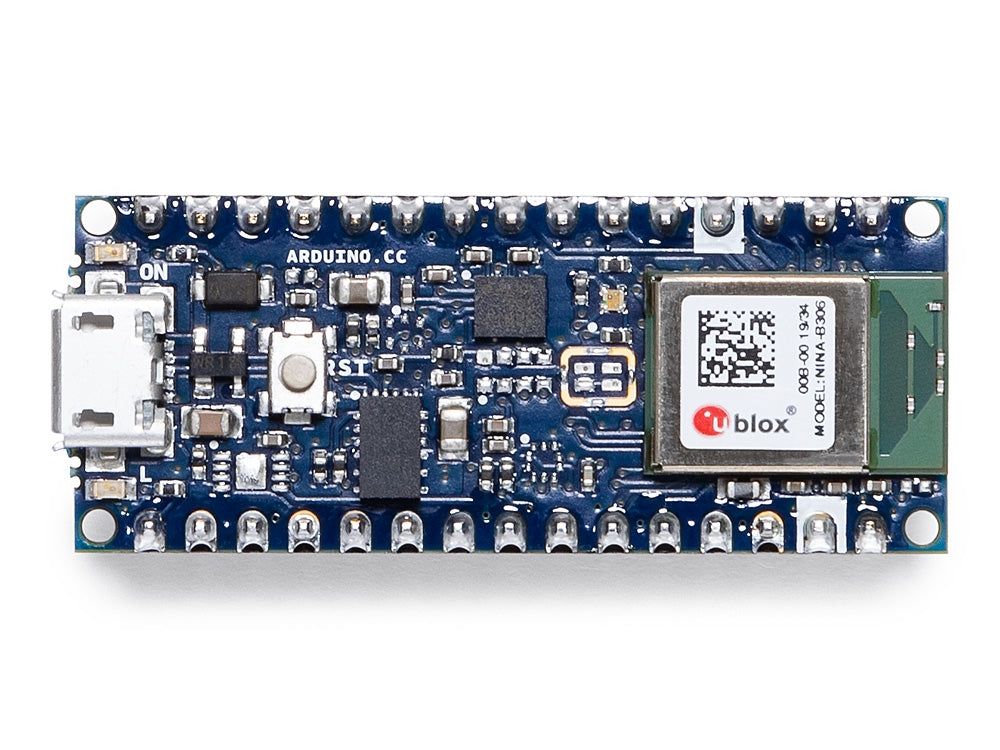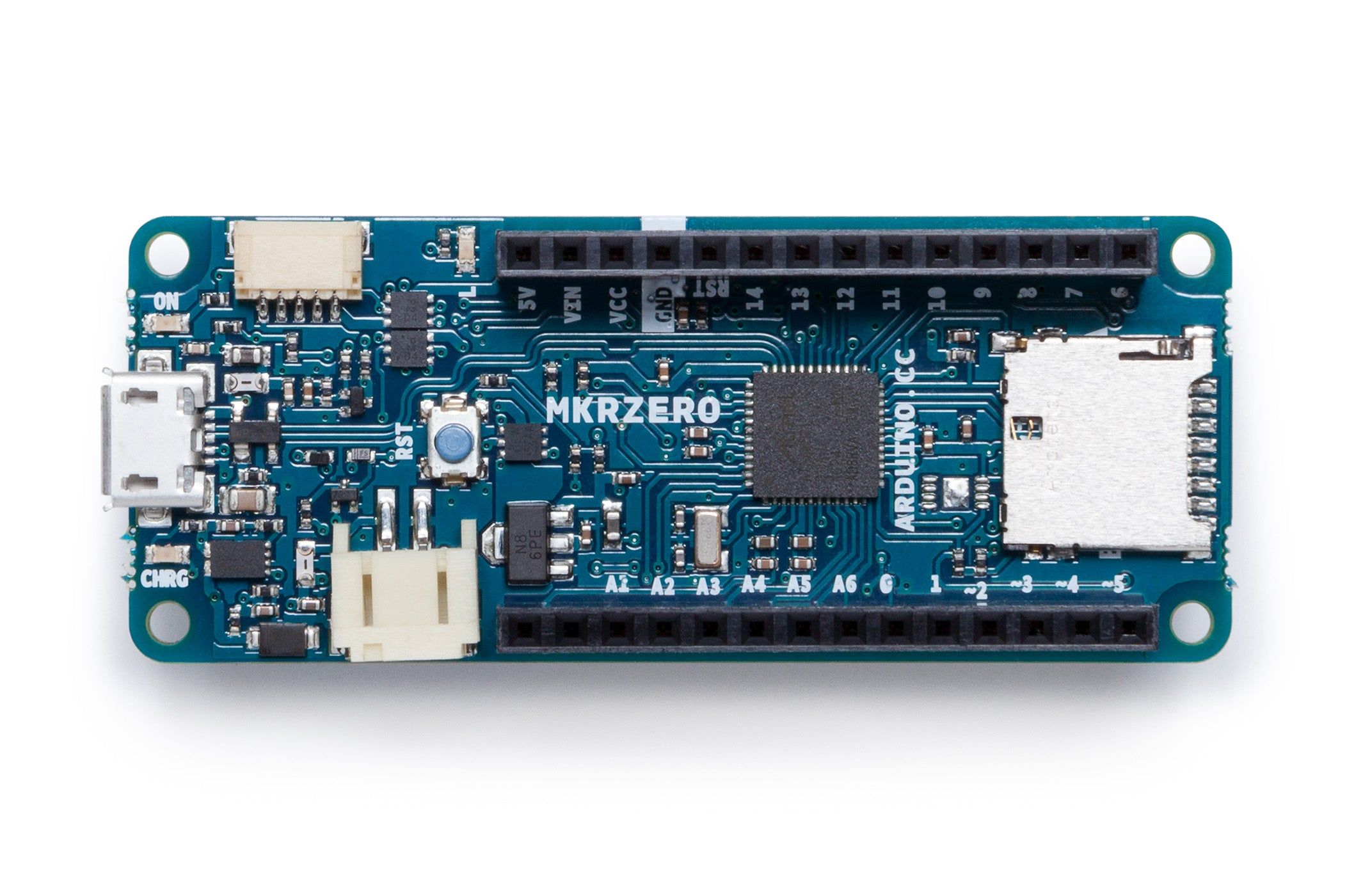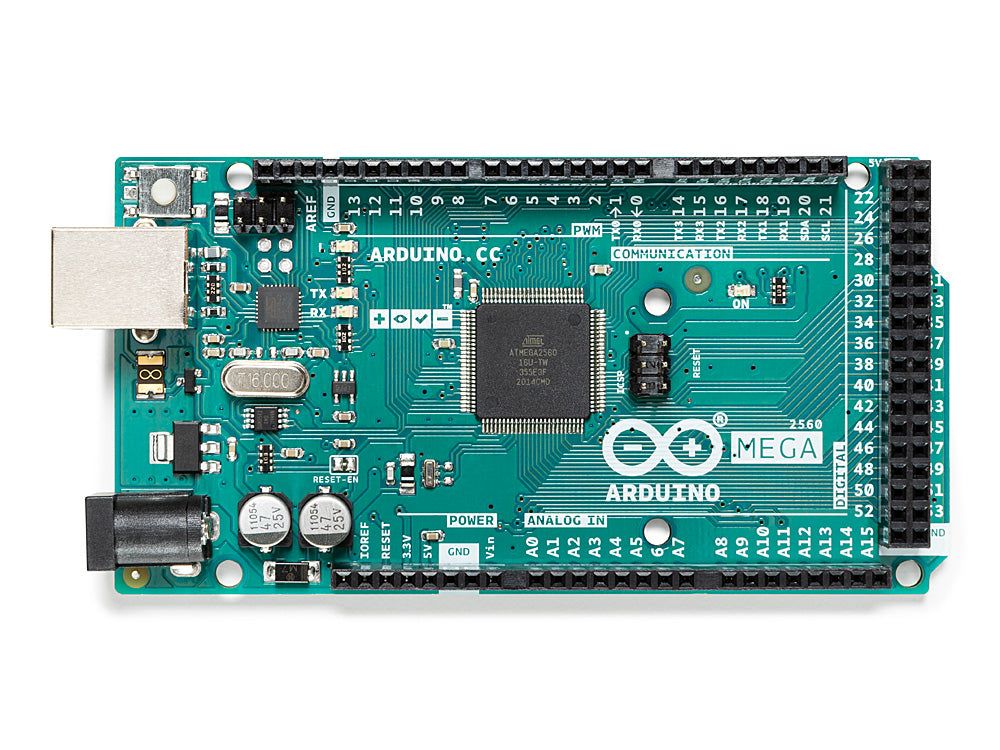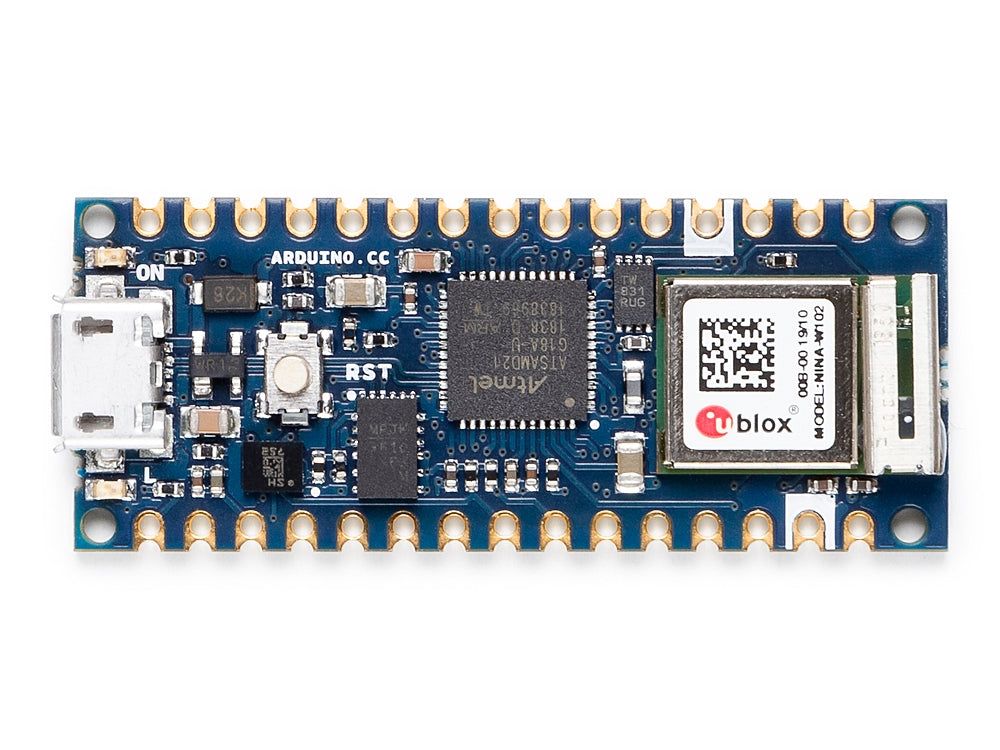As a staple in the DIY electronics scene, Arduino microcontrollers have had to adapt to an increasingly diverse range of consumer needs over the last few years. There are loads of different types of Arduino on the market, from the ever-popular Uno to more specialized options like the MKR range, but how are you supposed to choose the correct device for your next project?
Let's take a look at the different types of Arduino microcontroller boards to give you an idea of where to start.
While Arduinos are often referred to as microcontrollers, they are actually programmable circuit boards that incorporate a microcontroller like the ATmega328P. We have still referred to Arduinos as microcontrollers throughout this article.
Entry-Level Arduino Boards
Arduino's entry-level category contains the microcontroller boards that most DIYers choose to use for their projects, as they offer straightforward features and come with heaps of documentation. This also means that they can lack the niche features that come with enhanced and IoT Arduino boards.
As with other Arduino models, they are programmable in C or C++ via the Arduino IDE, but can also be used with a variety of programming languages.
Arduino Uno R3
The Arduino Uno R3 is a board that just about any DIY electronics enthusiast will have used at some point during their time in the hobby. Based on the ATmega328P 16MHz microchip, this board features 14 digital input/output pins, 6 analog pins, and an ICSP (In-Circuit Serial Programming) header, and is able to provide up to 5V to the components connected to it.
This board is relatively large and comes with the downside of using a USB-B connector to interface with computers, but this doesn't mean that it can't be used for projects that expand your skills, and it can be a great choice for anyone first getting into programming/electronics.
Basic Specs:
- Microcontroller: ATmega328P
- Memory: 2kB SRAM, 32kB flash, and 1kB EEPROM
- Communication: UART, IC2, and SPI
- Special Features: Replaceable chip
Arduino Leonardo
The Arduino Leonardo comes with essentially the same specifications as an Uno R3, only it features a micro-USB connector, has 20 digital and 17 analog pins, and has the ability to be used as a human interface device thanks to the ATmega32U4 chip that powers it. This means that your Leonardo can be used as a keyboard or mouse with a USB cable attached.
This type of Arduino is ideal for simple projects that need to interact with machines like computers, providing a huge range of different ideas to try for yourself.
Basic Specs:
- Microcontroller: ATmega32U4
- Memory: 2.5kB SRAM, 32kB flash, and 1kB EEPROM
- Communication: UART, IC2, and SPI
- Special Features: HID connectivity
Arduino Nano / Nano Every
The Arduino Nano and Nano Every are the smallest microcontroller boards offered by the company. Both boards feature the same pin layout, with 14 digital pins and 8 analog pins, though the Nano Every has a beefier microcontroller chip and improved program memory. These boards both come with pre-soldered headers that make them ideal for use with breadboards, but they lack the power jack that comes on larger boards.
Their breadboard compatibility makes these small boards great for those who like to make circuits that change all the time, like school teachers and prototype makers.
Basic Specs:
- Microcontroller: ATmega32U4 (Nano); ATmega4809 (Nano Every)
- Memory: 2kB SRAM, 32kB flash, and 1kB EEPROM (Nano); 6kB SRAM, 48kB flash, and 256B EEPROM (Nano Every)
- Communication: UART, IC2, and SPI
- Special Features: Breadboard-compatible and extremely small
Arduino Micro
The Arduino Micro boasts very similar features to the Leonardo, only the board is much smaller and only features 12 analog pins alongside its 20 digital ones. At only 18mm wide and 48mm long, this board is one of the smallest Arduino has ever made, making it ideal for creating a keyboard, mouse, and or other HID devices that need to be tiny.
Basic Specs:
- Microcontroller: ATmega32U4
- Memory: 2.5kB SRAM, 32kB flash, and 1kB EEPROM
- Communication: UART, IC2, and SPI
- Special Features: HID connectivity and small form-factor
Enhanced Arduino Boards
Enhanced Arduino boards offer the features required to complete projects with greater complexity, while also providing improved performance for DIYers looking to push the limits.
Arduino Nano 33 BLE / Nano 33 BLE Sense
The Nano 33 BLE / Nano 33 BLE Sense is designed as an improved version of the Arduino Nano / Nano Every, featuring the same pin layout to make it nice and easy for DIYers. Both boards have a 32-bit Arm Cortex-M4 CPU running at 64MHz built into their nRF52840 chips, with 1MB of flash memory and 256kB of SRAM, making these boards incredibly powerful despite their small size.
They only come with 14 digital pins, but are packed with a host of sensors that don't come with regular Nanos. This sensor array includes an accelerometer, a gyroscope, and a magnetometer with 3-axis resolution, and the board comes with Bluetooth Low Energy (BLE) that makes it easy to transmit the data it collects.
Alongside all of these great features, the Nano 33 BLE Sense is also able to run edge computing applications using machine learning models from TensorFlow Lite.
Basic Specs:
- Microcontroller: nRF52840
- Memory: 256kB SRAM and 1MB flash
- Communication: UART, IC2, and SPI
- Special Features: Sensors, Bluetooth, and AI (Sense only)
Arduino MKR Zero
The Arduino MKR Zero is designed with music-making and other complex projects in mind, featuring a powerful Arm Cortex-M0 32-bit SAMD21 processor, native battery support, and a built-in microSD card reader. The board comes with 8 digital pins, 7 analog input pins, and 1 analog output pin. Thanks to the expandable storage that comes with this board, it is an excellent option for those working with a lot of code and a range of hardware components.
Basic Specs:
- Microcontroller: Arm Cortex-M0 32-bit SAMD21
- Memory: 32kB SRAM and 256kB flash
- Communication: UART, IC2, and SPI
- Special Features: Built-in battery connector, microSD card reader, powerful hardware
Arduino Mega 2560 R3
The Arduino Mega 2560 is similar to an Arduino Uno, only it features 54 digital pins, 16 analog pins, and 4 serial ports, along with being much larger and more powerful than the standard Uno. This board is great for DIYers in need of more pins, memory, or processing power without sacrificing the functionality that comes with regular Arduinos.
Basic Specs:
- Microcontroller: ATmega2560
- Memory: 8kB SRAM, 256kB flash, and 4kB EEPROM
- Communication: UART, IC2, and SPI
- Special Features: Large form-factor and serial ports
IoT Arduino Boards
Arduino's IoT range is all about connectivity. Each of the IoT boards offered by Arduino makes it possible to connect to a variety of different communications tools, from the World Wide Web to cell phone networks, and it can all be done with a board that fits in the palm of your hand. This enables you to build a wide range of Arduino IoT projects.
We will be focusing on the MKR range of Arduino IoT boards, but you can find more connected options online if your project has advanced requirements.
Based on the same layout and design as the MKR Zero, each of the boards below offers a unique connectivity feature, making them great for projects that require data transfer capabilities.
- Arduino MKR WiFi 1010: This board is able to connect to Wi-Fi networks using a 2.4GHz NINA-W10 wireless module.
- Arduino MKR GSM 1400: This board features a SIM card slot, enabling it to connect to GSM carriers across the world.
- Arduino MKR Fox 1200: The MKR Fox can connect to Sigfox, a cloud-based service that makes it possible to handle low-power communications on centralized machines.
- Arduino MKR 1000: This is the entry-level MKR board in the line-up, offering a simple and easy way to get started with IoT projects.
Basic Specs:
- Microcontroller: Arm Cortex-M0 32-bit SAMD21
- Memory: 32kB SRAM and 256kB flash
- Communication: UART, IC2, and SPI
- Special Features: Various IoT features
Exploring Different Types of Arduino Boards
Finding the best microcontroller board for your project can take time and research, but Arduinos can often offer the best options thanks to their low prices, great documentation and support, and a range of unique features. Of course, though, you may need to do some reading to find the very best option for you.

